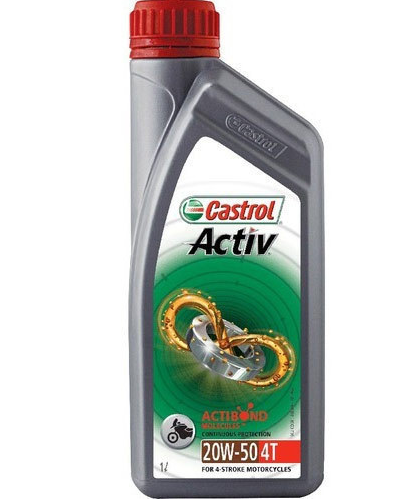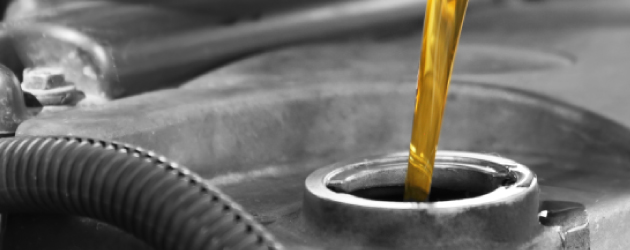Military boats primarily use diesel fuel as their main source of propulsion and power. Diesel fuel is preferred for its efficiency and reliability in naval operations.
It provides the necessary energy to propel the boats through water and supports their various onboard systems. The use of diesel fuel ensures that military boats can efficiently navigate the seas and carry out their missions effectively. Additionally, diesel fuel is readily available and can be easily transported to different naval bases and deployed locations, making it a practical choice for military vessels.
Overall, the reliance on diesel fuel highlights the importance of fuel efficiency and operational effectiveness in naval operations.
Introduction To Military Maritime Vessels
Military maritime vessels play a crucial role in naval operations, serving as the backbone of any navy. These powerful and diverse boats and ships are specifically designed to meet the unique challenges and requirements of military missions at sea. From patrolling coastal waters to conducting amphibious assaults, military vessels are essential for maintaining naval superiority and protecting national interests.
The Role Of Power In Naval Operations
Power is a fundamental aspect of naval operations, and military boats rely on various types of fuel to generate the power necessary to propel them through the water. The choice of fuel depends on factors such as vessel size, intended use, and operational requirements. While naval vessels can be powered by different fuels, the most common options include:
- Marine Diesel: Many military boats use marine diesel as their primary fuel source. Diesel engines are known for their efficiency and reliability, making them well-suited for long-range operations.
- Jet Fuel: Jet fuel, also known as aviation turbine fuel (ATF), is often used in military boats equipped with gas turbine engines. These engines provide high power output and are commonly found in larger vessels.
- Nuclear Power: Nuclear-powered naval vessels, such as aircraft carriers and submarines, utilize nuclear reactors to generate steam, which powers the turbines. This allows for extended operational range and endurance without the need for frequent refueling.
Diversity Of Military Boats And Ships
Military boats come in a wide range of sizes and types, each serving a specific purpose within a navy’s fleet. The diversity of these vessels allows for flexibility in executing different missions. Here are some examples of military boats and ships:
| Boat/Ship Type | Role |
|---|---|
| Aircraft Carrier | Carries and deploys military aircraft for offensive and defensive purposes |
| Destroyer | Provides multi-mission capabilities, including anti-aircraft, anti-submarine, and anti-surface warfare |
| Submarine | Operates underwater and conducts covert missions, such as surveillance and strategic deterrence |
| Patrol Boat | Performs coastal and offshore patrols, intercepts smuggling activities, and conducts search and rescue operations |
| Amphibious Assault Ship | Transports and launches troops, vehicles, and equipment for amphibious operations |
| Mine Countermeasure Vessel | Detects and neutralizes naval mines to ensure safe passage for friendly forces |
The Heart Of The Fleet: Fuel Types
Conventional Diesel And Gasoline
Military boats primarily use conventional diesel and gasoline as their main sources of fuel. These fuels are widely available and provide the necessary energy to power the engines of various naval vessels. Diesel fuel is particularly favored for its energy efficiency and long-term storage capabilities, making it a reliable choice for extended missions at sea.
Nuclear Propulsion: A Game Changer
Nuclear propulsion has revolutionized the capabilities of military boats, offering unparalleled endurance and power. Nuclear-powered vessels can operate for extended periods without the need for refueling, allowing them to cover vast distances and remain deployed for extended periods. The use of nuclear energy also significantly reduces the logistical challenges associated with traditional fuel supply lines.
Emerging Alternatives: Biofuels And Beyond
In line with global efforts to promote sustainability, the military is exploring emerging alternatives such as biofuels and other advanced fuel technologies. Biofuels derived from organic sources offer the potential for reduced environmental impact while maintaining performance standards. Additionally, ongoing research and development are focused on identifying innovative fuel solutions that align with the military’s commitment to environmental stewardship and operational efficiency.
Diesel Power: The Traditional Choice
Advantages Of Diesel In Naval Operations
Military boats primarily use diesel fuel to power their engines, and for good reason. The advantages of diesel in naval operations are numerous, making it the traditional and preferred choice for military fleets around the world.
Global Diesel-powered Fleets
Naval fleets across the globe rely heavily on diesel power for their boats. Whether it’s the U.S. Navy, the Royal Navy, or other maritime forces, diesel engines play a crucial role in the propulsion systems of military vessels.
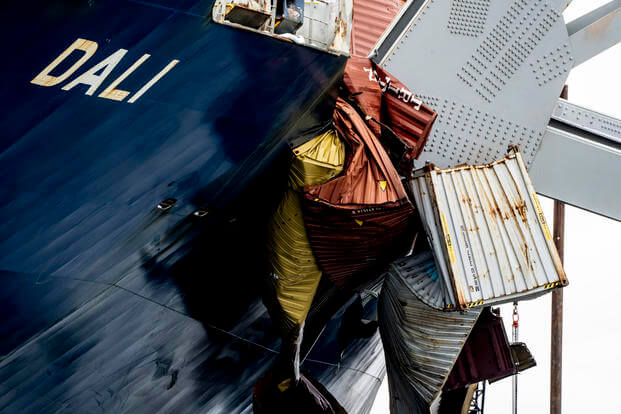
Credit: www.military.com
Nuclear Energy: Powering The Giants
How Nuclear Propulsion Works
Nuclear propulsion works by using the heat produced from nuclear fission to generate steam, which then drives turbines to propel the boat forward.
Nuclear-powered Carriers And Submarines
Nuclear-powered carriers and submarines are equipped with nuclear reactors that provide continuous power without the need for frequent refueling, allowing them to operate for extended periods without interruption.
Innovative Fuel Alternatives
As military maritime vessels evolve, so do their fuel options. Let’s explore some cutting-edge alternatives:
Exploring Biofuel In Military Maritime Vessels
Biofuels are gaining traction in military boats for their eco-friendly benefits.
Biofuels can be derived from plants, algae, or even waste products.
The Potential Of Hydrogen And Electric Boats
Hydrogen and electric-powered boats are paving the way for a cleaner future.
Hydrogen fuel cells produce electricity through a chemical reaction.
Electric boats are powered by batteries, reducing emissions significantly.
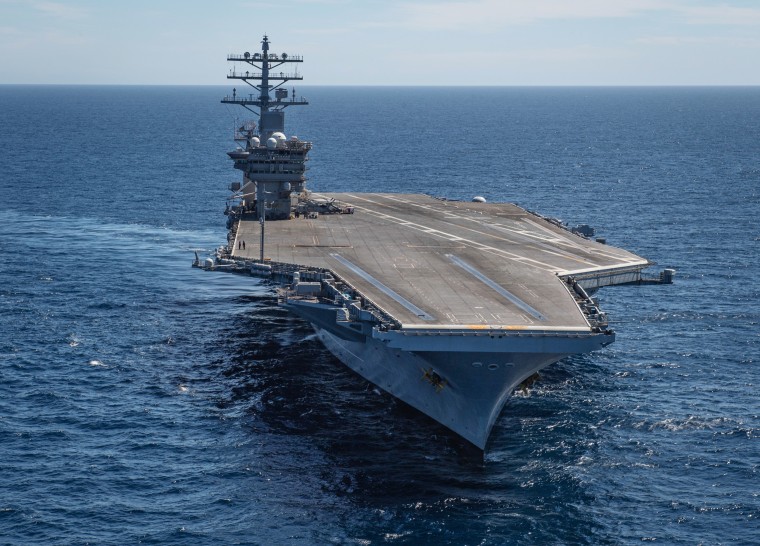
Credit: www.nbcnews.com
Logistical Challenges And Solutions
Military boats face logistical challenges when it comes to fuel consumption. To ensure operational readiness, they use diesel fuel, which is a reliable and cost-effective solution. With proper planning and management, the military can address the logistical challenges associated with fuel consumption.
Fuel Supply And Refueling At Sea
Military boats are designed to operate in the most challenging environments and conditions, and they require fuel that can withstand the rigors of these situations. However, the logistical challenges of supplying and refueling these vessels are immense. Military boats need to carry enough fuel to complete their missions, and this fuel needs to be transported to remote locations, often far from the nearest fueling station. Refueling at sea is a common practice for military boats, and it involves transferring fuel from one vessel to another while underway. This process is complex and requires skilled personnel and specialized equipment. The use of unmanned aerial vehicles (UAVs) has also been explored to supply fuel to military boats, especially in remote locations.Overcoming The Challenges Of Alternative Fuels
The military is always looking for new and innovative ways to reduce its dependence on fossil fuels and to explore alternative fuel sources. However, the use of alternative fuels in military boats presents unique challenges. For example, alternative fuels like biofuels have different properties than traditional fuels, and they may not be compatible with existing engines and fuel systems. To overcome these challenges, the military is investing in research and development to find alternative fuels that are suitable for use in military boats. They are also exploring hybrid and electric propulsion systems, which can reduce the amount of fuel needed to power these vessels. In conclusion, the logistical challenges of supplying and refueling military boats are complex, but the military is constantly working to overcome these challenges. By exploring alternative fuel sources and investing in new technologies, they are ensuring that their boats are always ready to operate in any environment and condition.Environmental Impact And Regulations
When it comes to military boats, the choice of fuel used has a significant impact on the environment. Let’s delve into the environmental impact and regulations surrounding the fuel used in military boats.
Reducing Carbon Footprint In Naval Operations
Military vessels are increasingly adopting sustainable fuel options to reduce emissions.
Biofuels and hybrid electric propulsion systems are being utilized.
These efforts aim to minimize the carbon footprint of naval operations.
Compliance With International Maritime Laws
Military boats must adhere to stringent international maritime laws.
Regulations focus on preventing pollution and ensuring maritime safety.
Compliance with these laws is crucial for environmental protection.
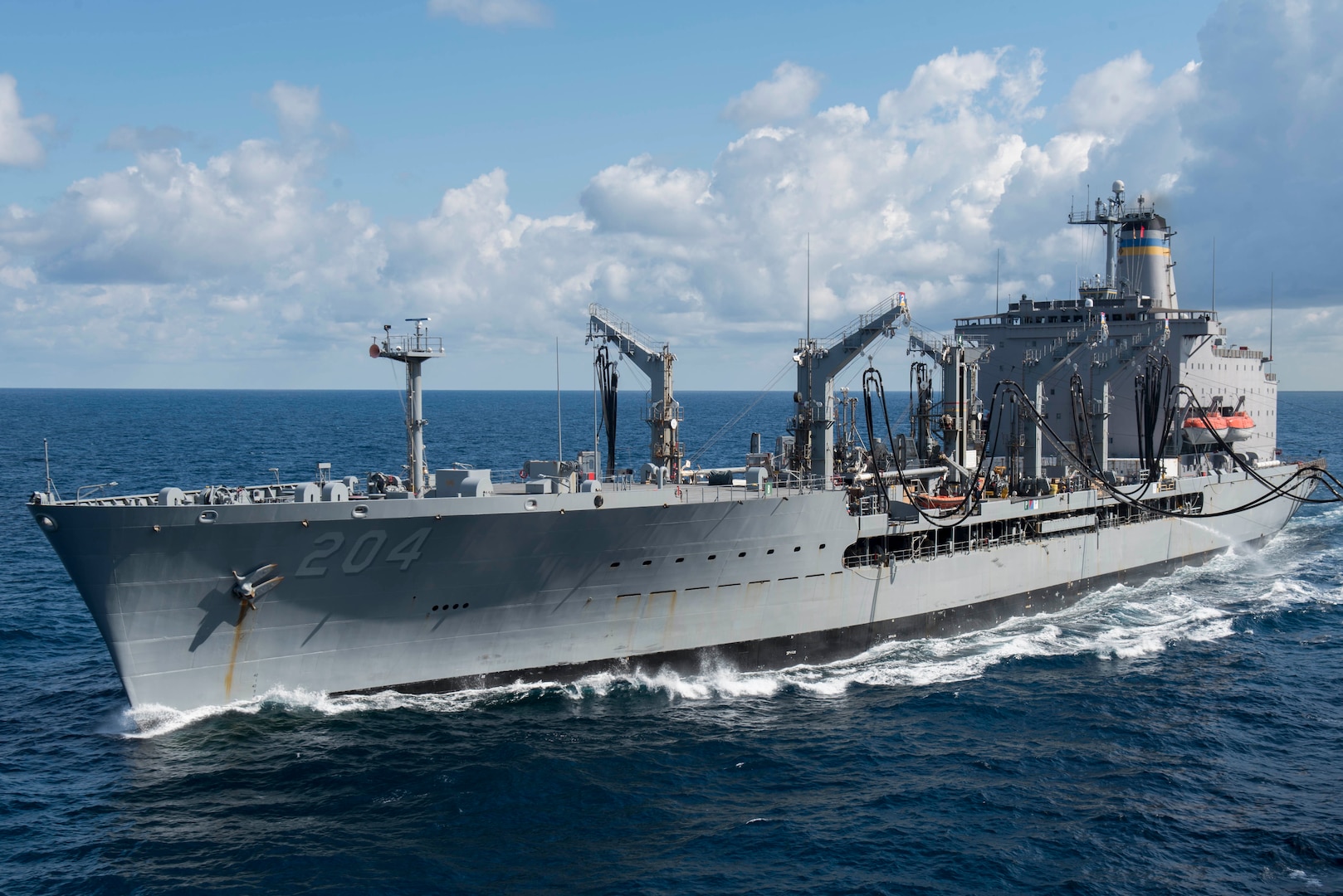
Credit: www.pacom.mil
The Future Of Naval Propulsion
Naval propulsion is evolving, with military boats now utilizing advanced fuel technologies for enhanced efficiency and environmental sustainability. From traditional diesel to cutting-edge alternative fuels, the future promises a shift towards greener and more cost-effective propulsion systems.
Military boats are essential for maritime defense and operations. They require reliable and efficient propulsion systems to carry out their duties effectively. Over the years, the propulsion technology for naval vessels has improved dramatically, making them faster, more agile, and better equipped to deal with modern threats. In this article, we will discuss the future of naval propulsion and how technological advances and renewable energy will shape the way military boats operate in the years to come.Technological Advances On The Horizon
The future of naval propulsion is all about speed, efficiency, and sustainability. The advancements in technology are making it possible to achieve all three of these objectives simultaneously. One of the most significant breakthroughs in naval propulsion is the development of electric propulsion systems. These systems use electric motors powered by batteries or fuel cells to drive the propellers. Electric propulsion systems are much more efficient than traditional diesel engines, and they produce zero emissions. Another exciting development in naval propulsion is the use of supercavitation technology. This technology involves creating a bubble of gas around the vessel, reducing drag and allowing it to move through the water at high speeds. Supercavitation technology has the potential to revolutionize naval operations, enabling military boats to travel faster than ever before while reducing fuel consumption.The Role Of Renewable Energy In Military Maritime Vessels
Renewable energy is becoming increasingly important in the naval sector. Many countries are investing in renewable energy sources to reduce their dependence on fossil fuels and lower their carbon footprint. The use of renewable energy in naval vessels can reduce fuel consumption, increase range, and lower emissions. Solar panels, wind turbines, and hydrogen fuel cells are all potential sources of renewable energy for military boats. In conclusion, the future of naval propulsion is exciting and promising. Technological advances, such as electric propulsion systems and supercavitation technology, will make military boats faster, more efficient, and more sustainable. The use of renewable energy sources will further enhance the capabilities of naval vessels, enabling them to operate for longer periods and reduce their impact on the environment.Conclusion
Military boats rely on a variety of fuels to power their operations. From diesel to gas turbine engines, each fuel type serves a specific purpose in ensuring optimal performance and efficiency. Understanding the fuel requirements of military boats is crucial for maintaining their effectiveness on the water.
By using the right fuel, these vessels can continue to carry out their missions with precision and reliability. Explore more about the world of military boats and the fuels they use to uncover the fascinating intricacies of naval operations.

